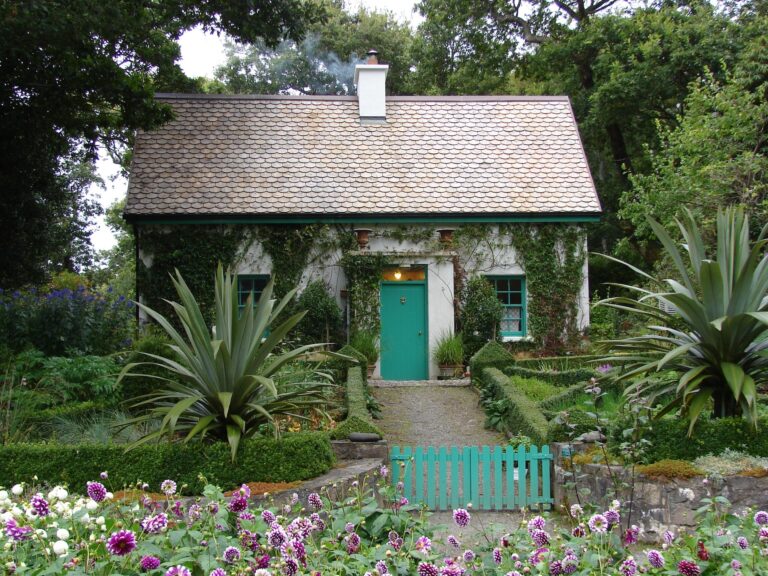If you’re a homeowner looking to protect your home from water damage, one area you shouldn’t overlook is your crawl space. Often neglected and forgotten, crawl spaces are prone to moisture problems that can lead to a host of issues. This includes mold growth, structural damage, and compromised indoor air quality. So, it’s crucial to implement effective moisture management strategies to ensure the longevity and safety of your home.
Why Waterproofing Crawl Spaces Matters
Crawl spaces are vulnerable to moisture intrusion due to their proximity to the ground and the potential for water seepage from the surrounding soil. Without proper moisture management, crawl spaces can become damp and humid environments. This then becomes perfect breeding ground for mold and mildew. Additionally, excessive moisture in the crawl space can lead to structural problems. For example, wood rot and foundation issues can weaken the overall integrity of your home.
The Benefits of Waterproofing Crawl Spaces
By investing in waterproofing measures for your crawl space, you can reap several benefits that go beyond just preventing water damage. Here are some advantages of effective moisture management in crawl spaces:
1. Enhanced Indoor Air Quality
Moisture in crawl spaces can lead to the growth of mold and mildew, which can release harmful spores into the air you breathe. Waterproofing your crawl space can help maintain a healthier indoor environment. This then prevents the spread of allergens and pollutants.
2. Increased Energy Efficiency
By sealing off these areas, the potential for moisture and air leakage is minimized, resulting in a more controlled indoor environment. This improved moisture management then plays a crucial role in reducing the workload on the HVAC system. As a result, homeowners can enjoy lower energy bills and a more comfortable living space, all thanks to the energy-saving effects of crawl space waterproofing.
3. Extended Lifespan of Building Materials
Excessive moisture in crawl spaces can cause wooden beams, floor joists, and other structural components to deteriorate over time. By keeping the crawl space dry, you can protect these materials from decay and extend their lifespan.
4. Mold and Mildew Protection
Mold and mildew thrive in damp and moist environments, making crawl spaces an ideal breeding ground. However, by waterproofing these areas, moisture intrusion is minimized, effectively reducing the risk of mold and mildew growth. Waterproofing methods such as encapsulation, drainage systems, and vapor barriers create a barrier against water seepage, ensuring a dry and inhospitable environment for mold and mildew to develop.

Effective Moisture Management Strategies
Now that you understand the importance of waterproofing your crawl space, let’s explore some effective moisture management strategies:
1. Encapsulation
By encapsulating the building’s surfaces and structures, a barrier is created to prevent moisture from entering and causing damage. This method involves applying a protective coating or membrane, such as waterproof paint or a vapor barrier, to surfaces like walls, floors, and ceilings. Encapsulation also helps to control humidity levels within the home, reducing the risk of mold and mildew growth. With proper encapsulation, homeowners can have peace of mind knowing that their homes are safeguarded against water-related issues, ensuring a healthier and more durable living environment.
2. Proper Ventilation
Installing vents in your crawl space can help circulate air and prevent the buildup of moisture. However, it’s important to note that ventilation alone may not be sufficient in all cases, especially in humid climates. Consult with a professional to determine the best ventilation approach for your specific situation.
3. Drainage Systems
By efficiently diverting water away from the foundation and surrounding areas, drainage systems help prevent the accumulation of excess moisture. This is particularly important in areas prone to heavy rainfall or areas with high water tables. By directing water away, drainage systems reduce the risk of water seepage into basements or crawl spaces, which can lead to mold growth, structural damage, and costly repairs. Additionally, these systems help maintain the integrity of the landscape by preventing soil erosion and maintaining proper grading.
4. Dehumidification
In areas with high humidity levels, using a dehumidifier in your crawl space can help control moisture levels. This appliance removes excess moisture from the air, reducing the risk of mold growth and other moisture-related problems.
5. Sealing Air Leaks
Air leaks in a home’s structure can serve as major entry points for moisture, allowing it to penetrate and accumulate, leading to potential water damage and mold growth. By identifying and sealing these leaks, homeowners can significantly reduce the risk of moisture-related issues. This can be accomplished through various methods, such as caulking and weatherstripping, which create a tight seal around windows, doors, and other openings. Additionally, properly insulating the home can also contribute to better moisture control.
The Bottom Line
Waterproofing your crawl space is a critical step in protecting your home from water damage and maintaining a healthy living environment. By implementing effective moisture management strategies, such as encapsulation, proper ventilation, and dehumidification, you can ensure the longevity and structural integrity of your home. Don’t neglect your crawl space – invest in waterproofing and enjoy the peace of mind that comes with a dry and well-maintained space.






